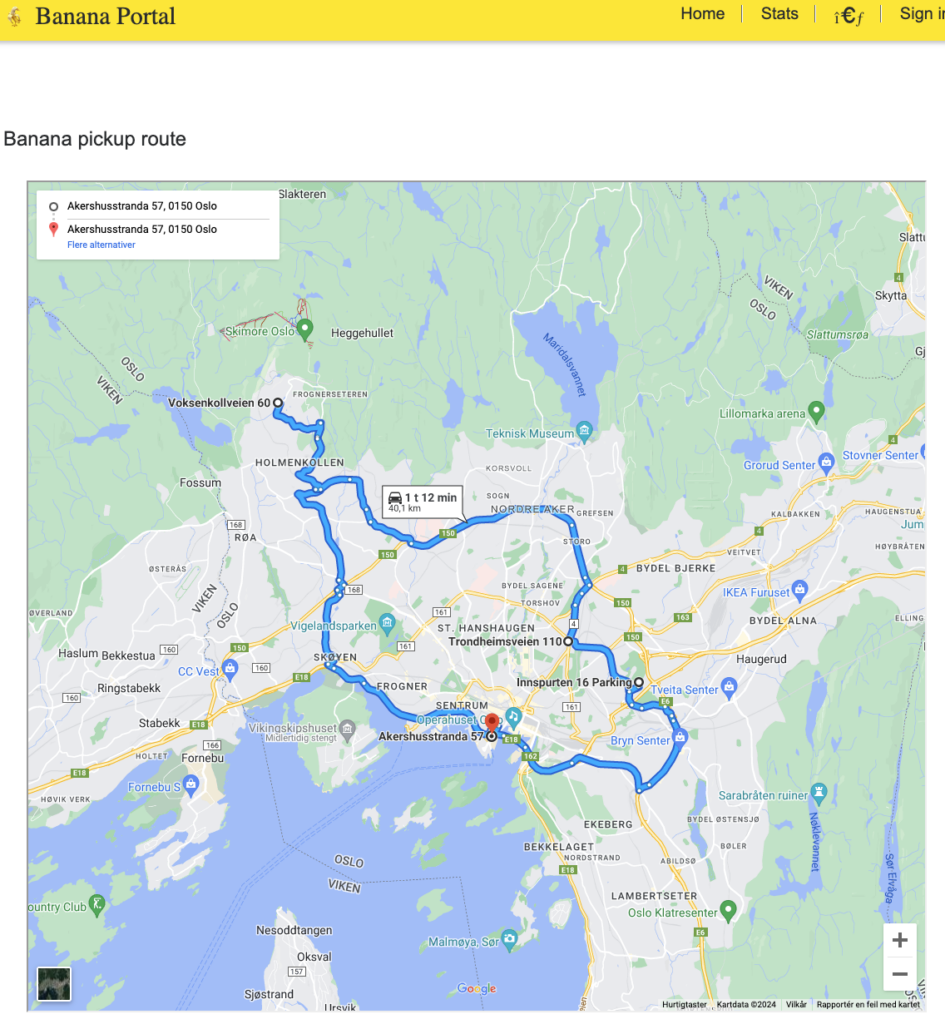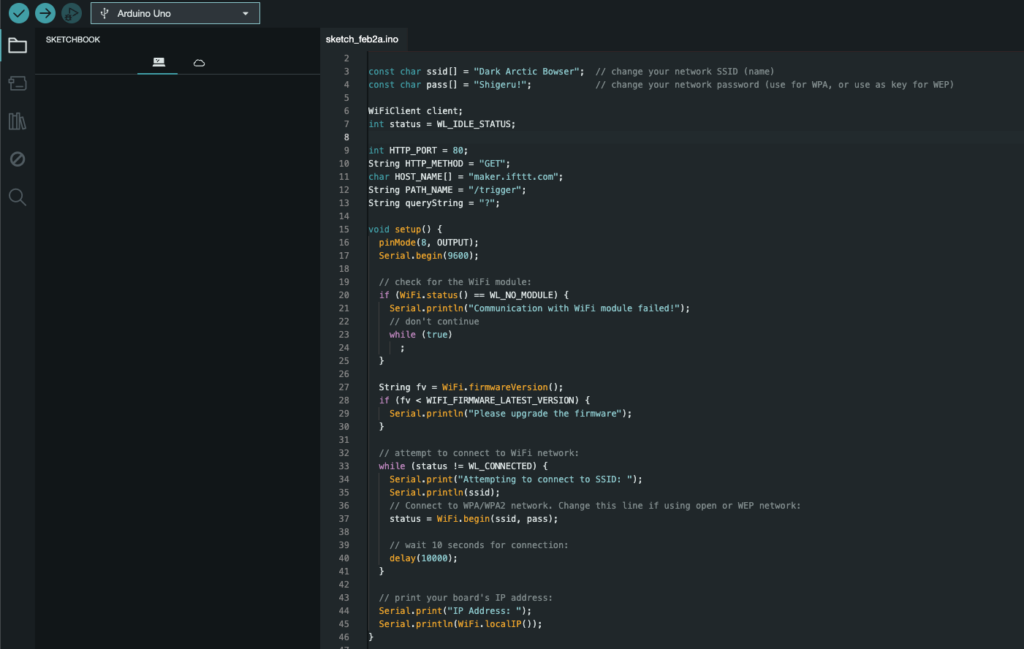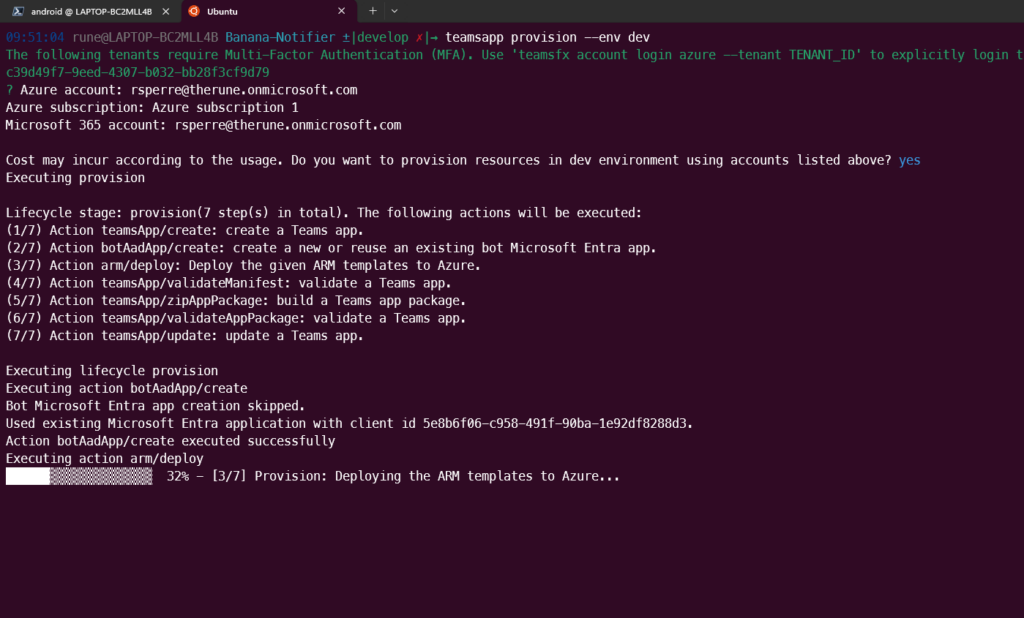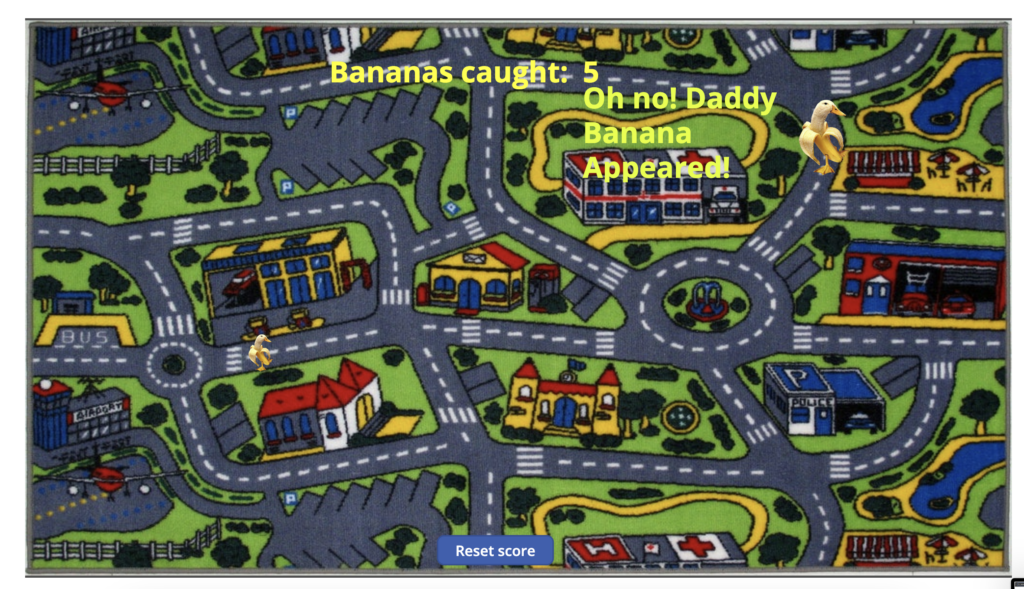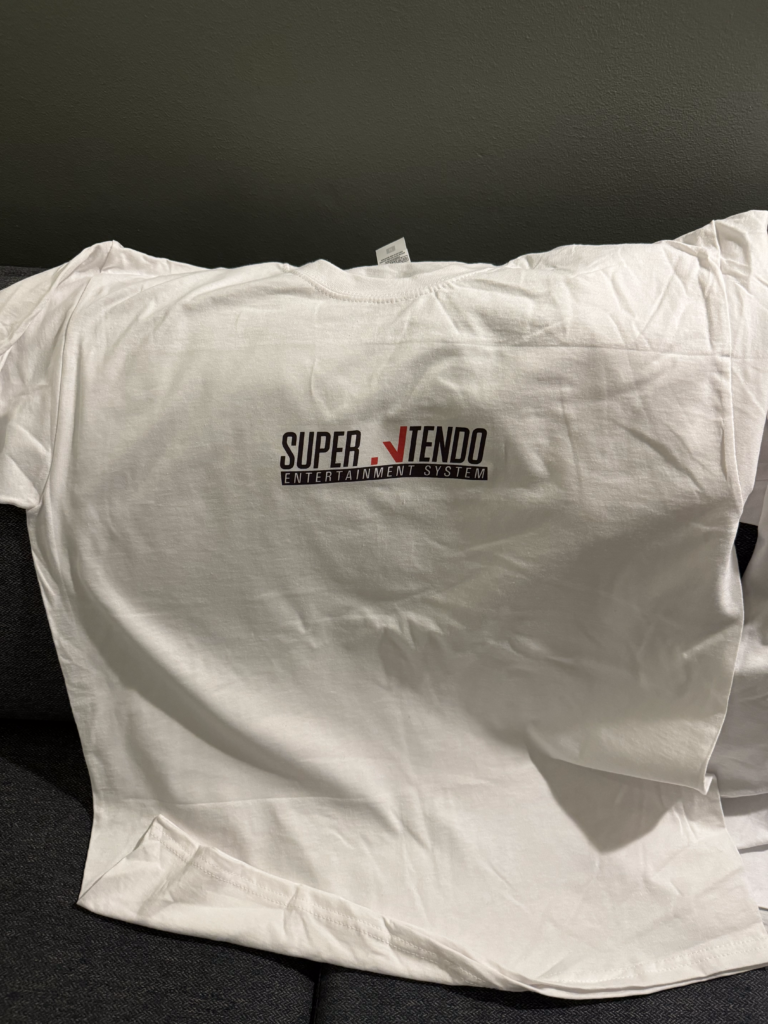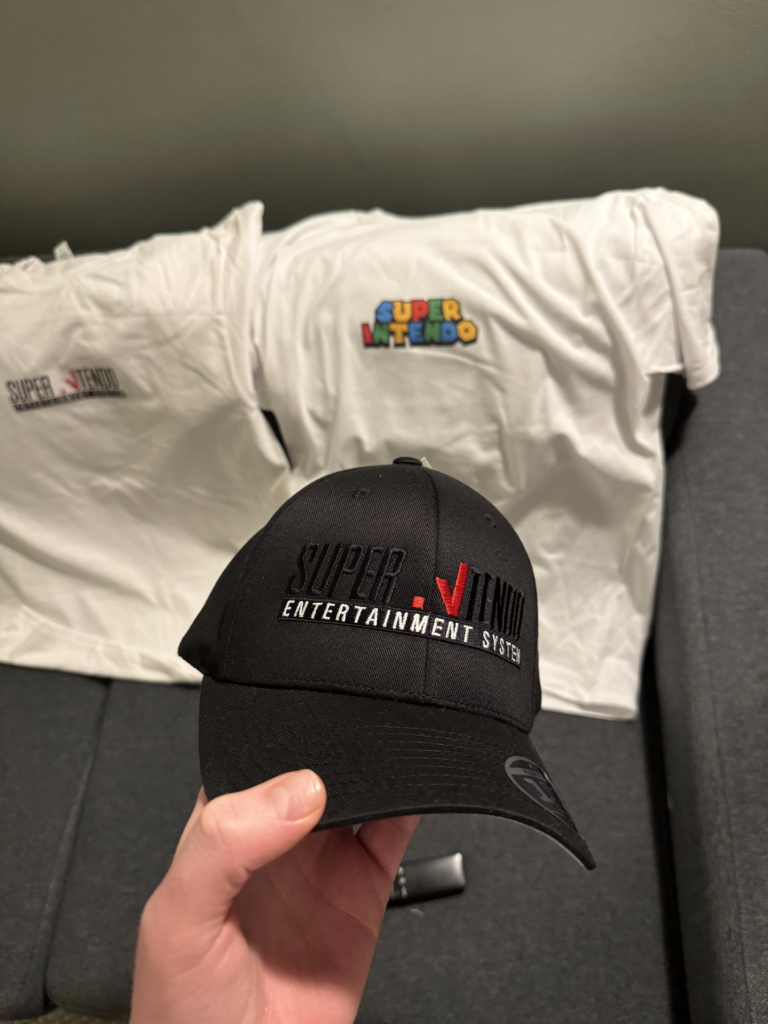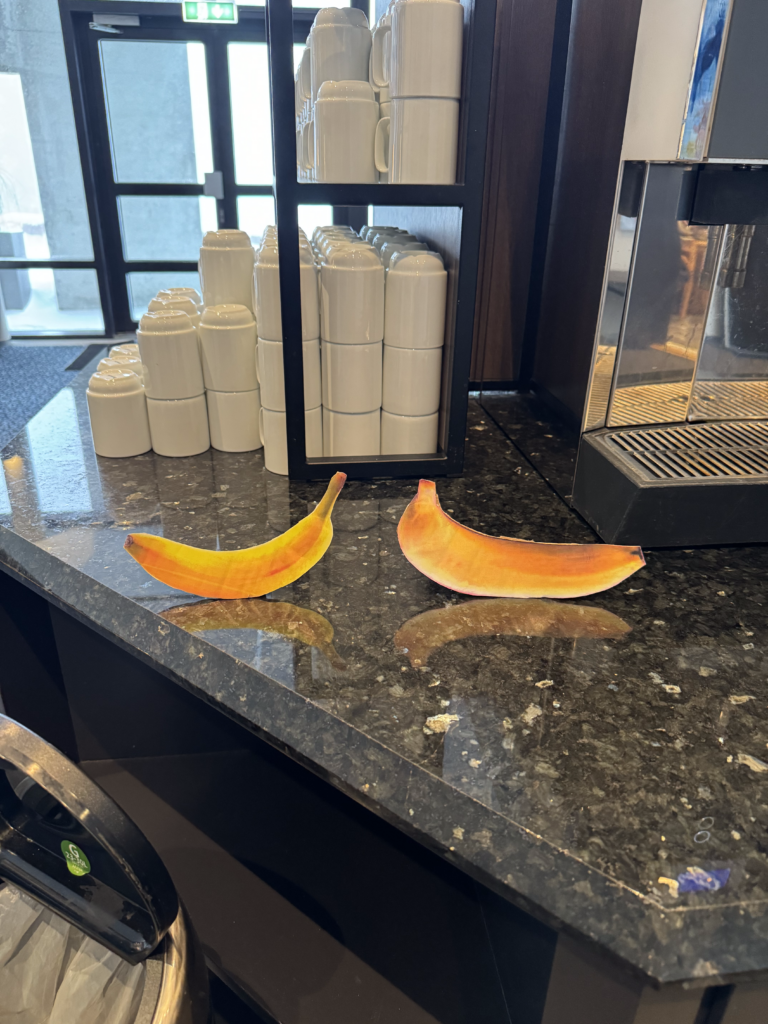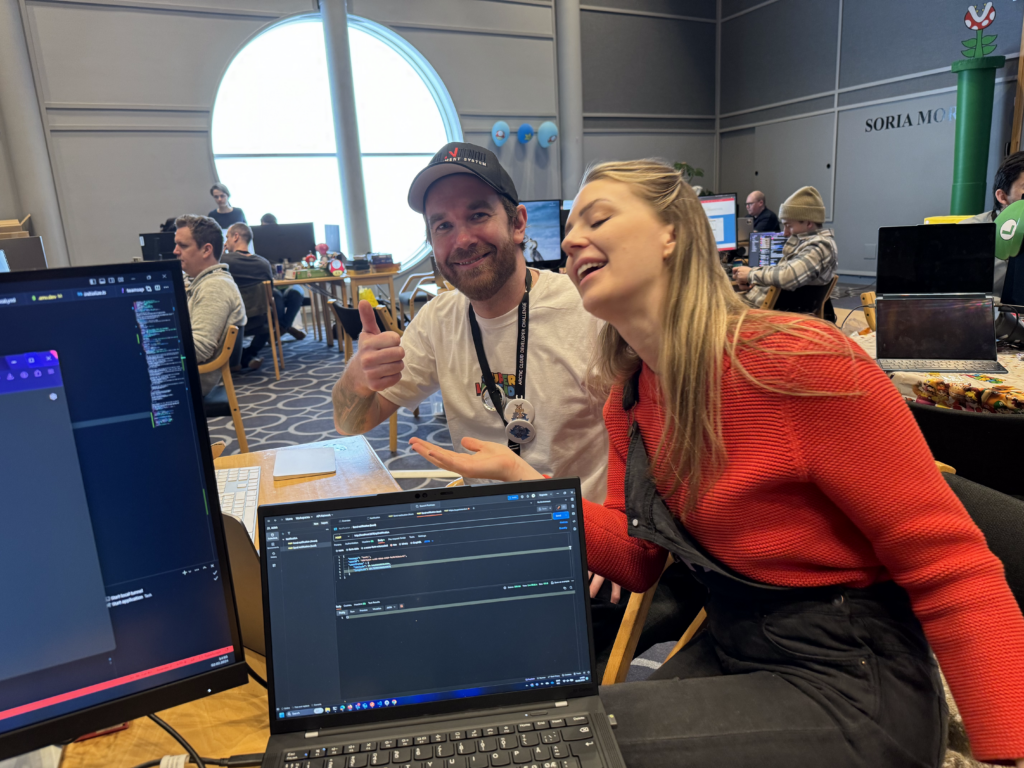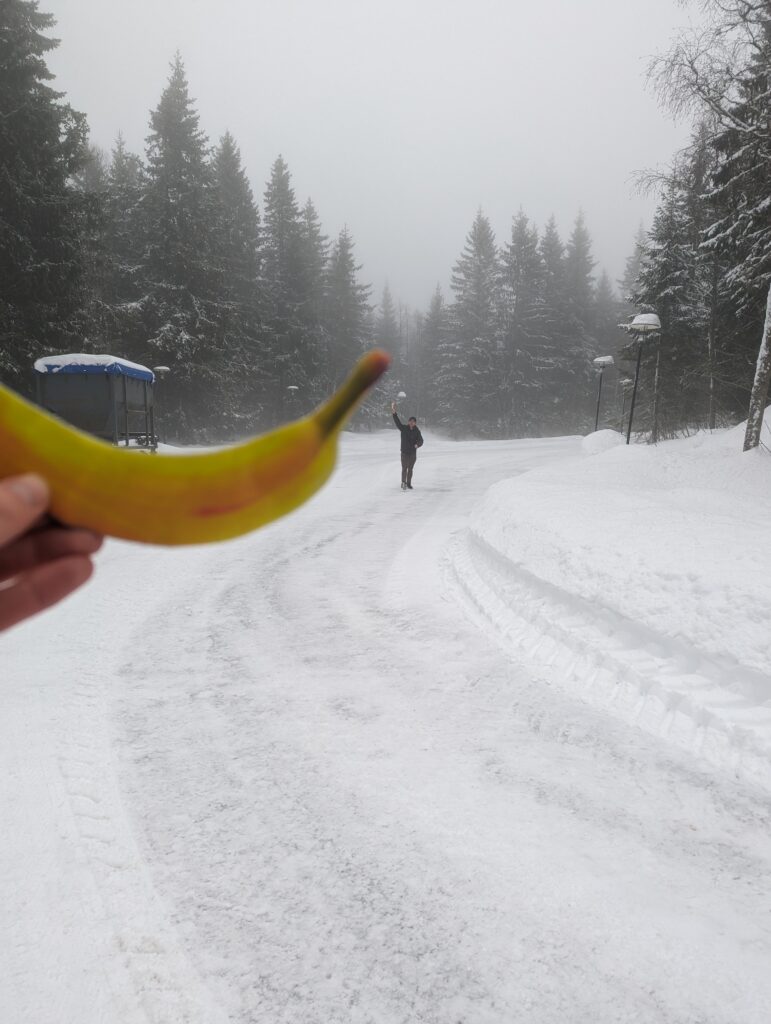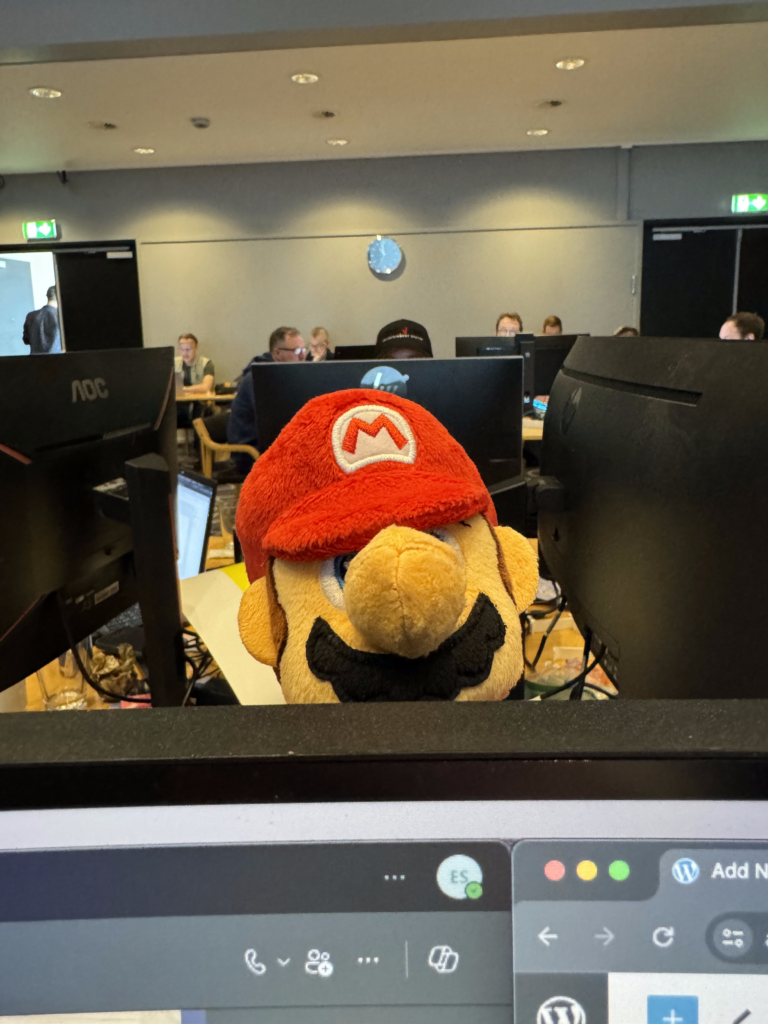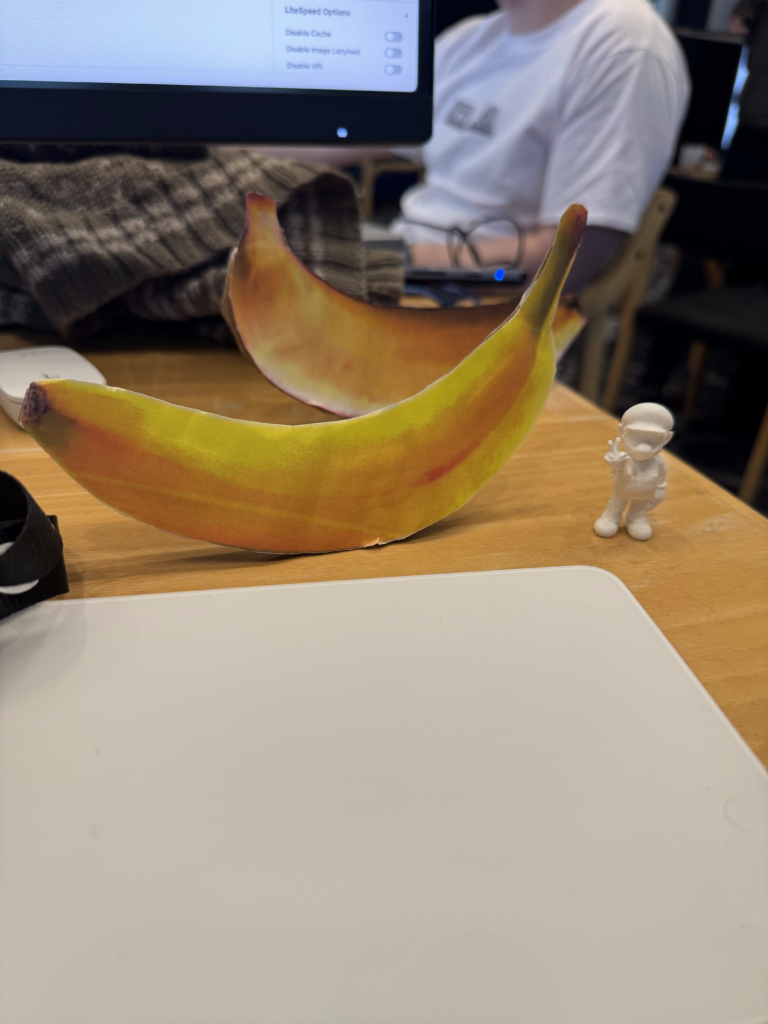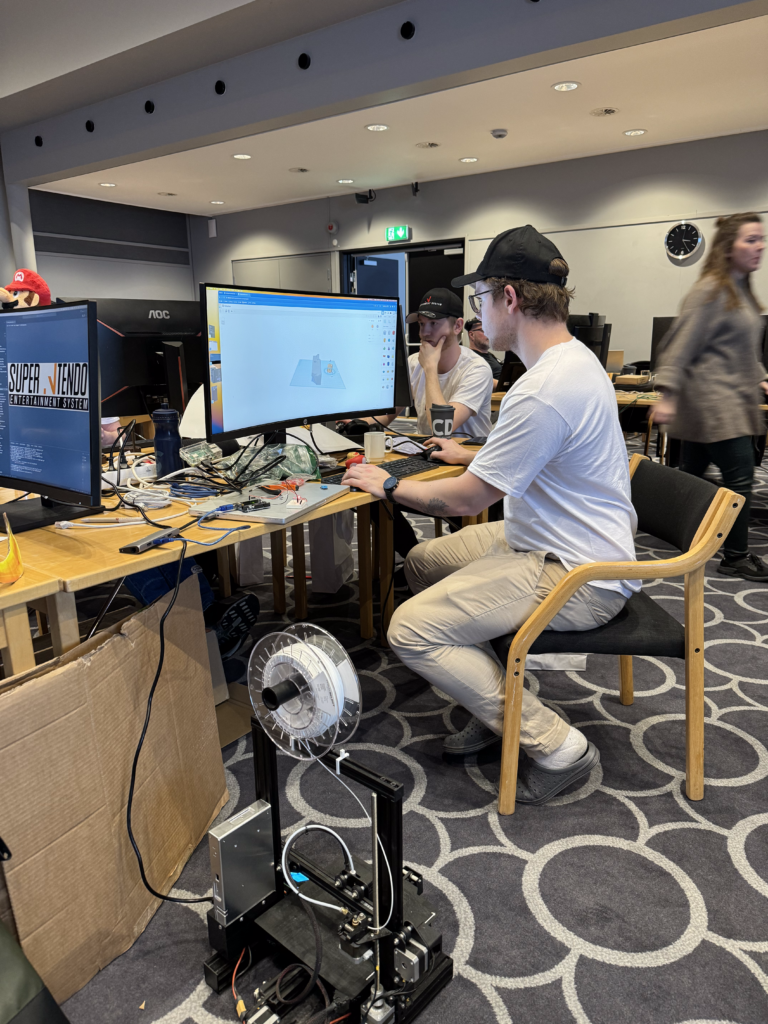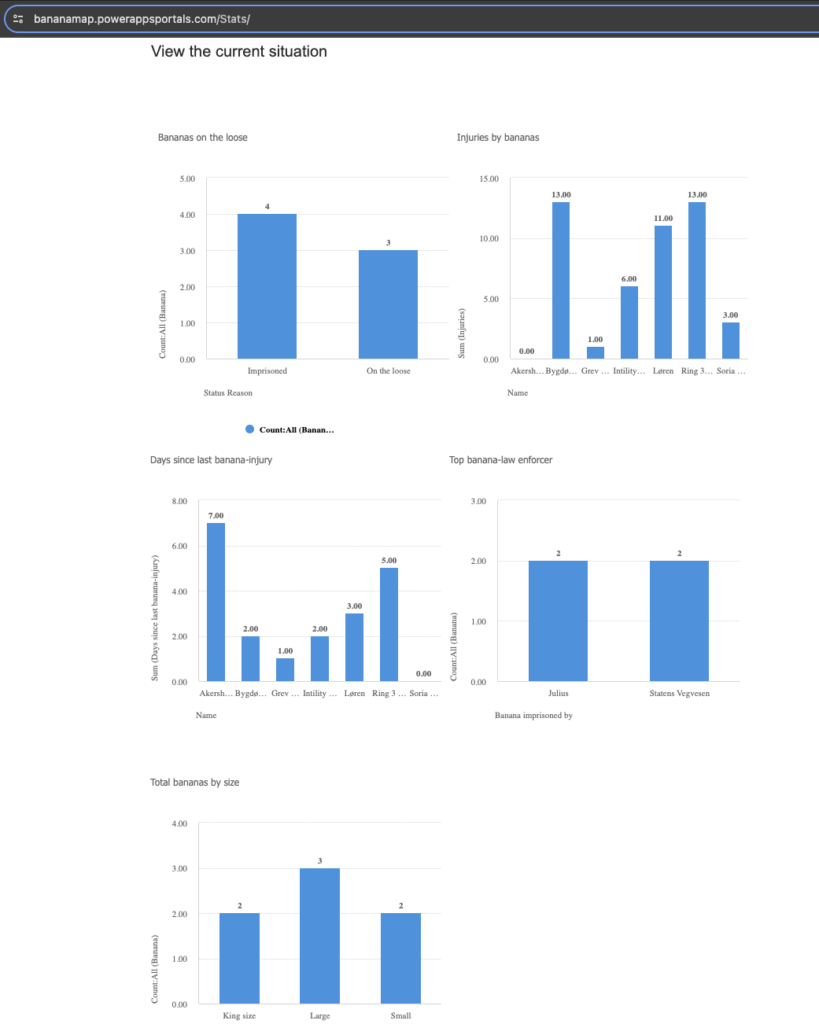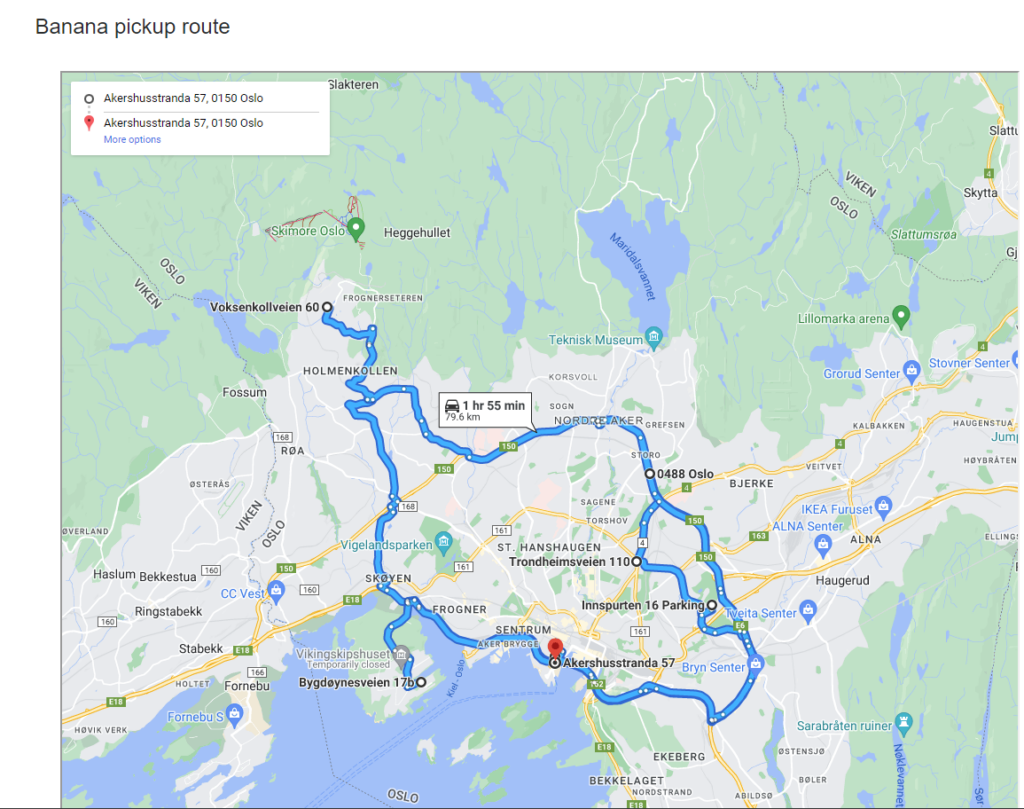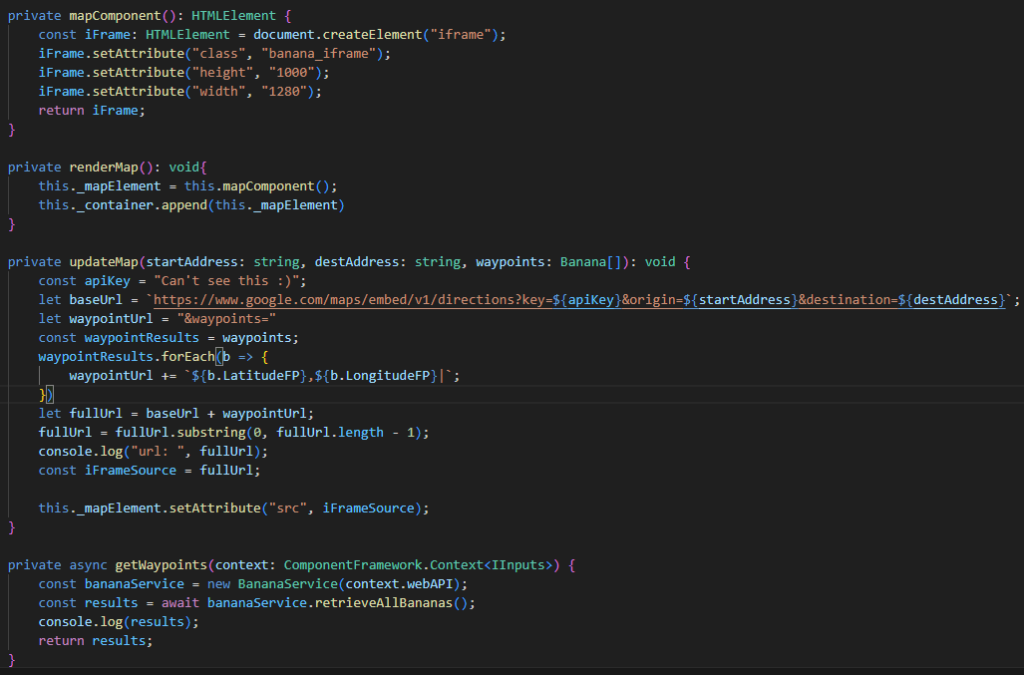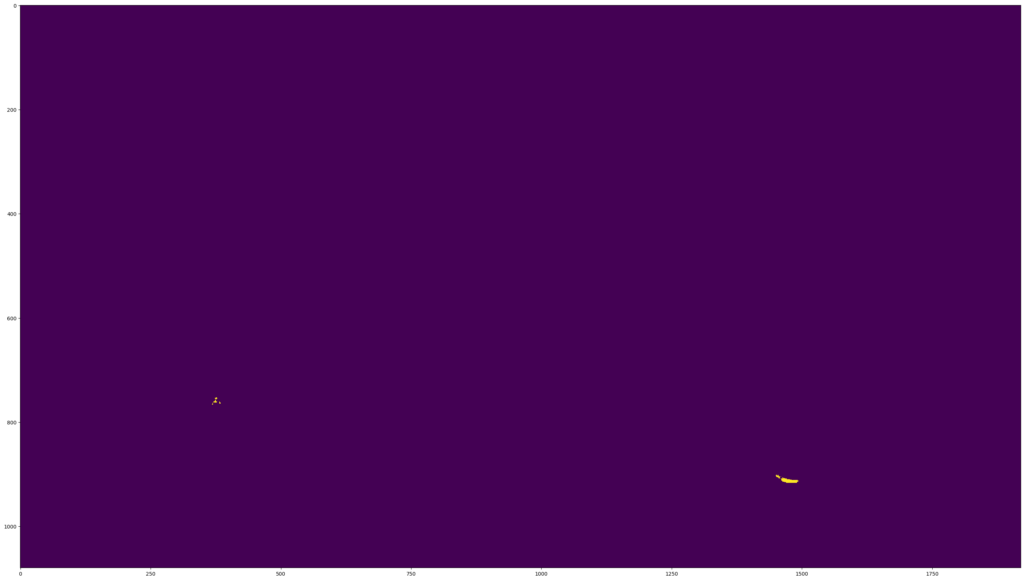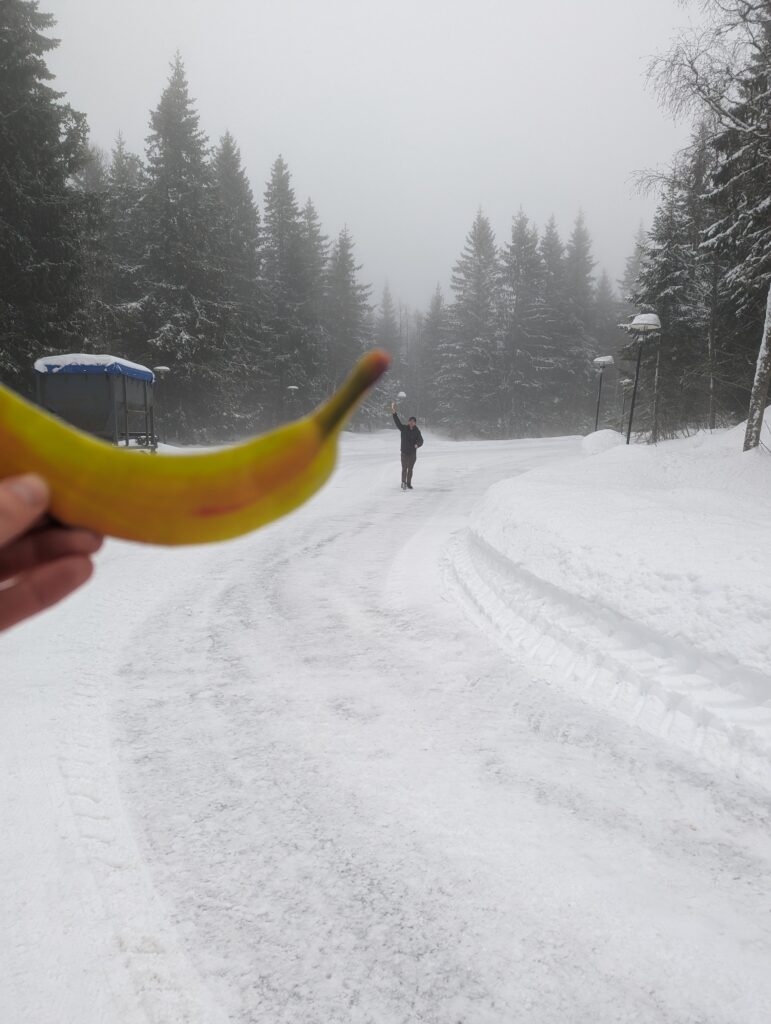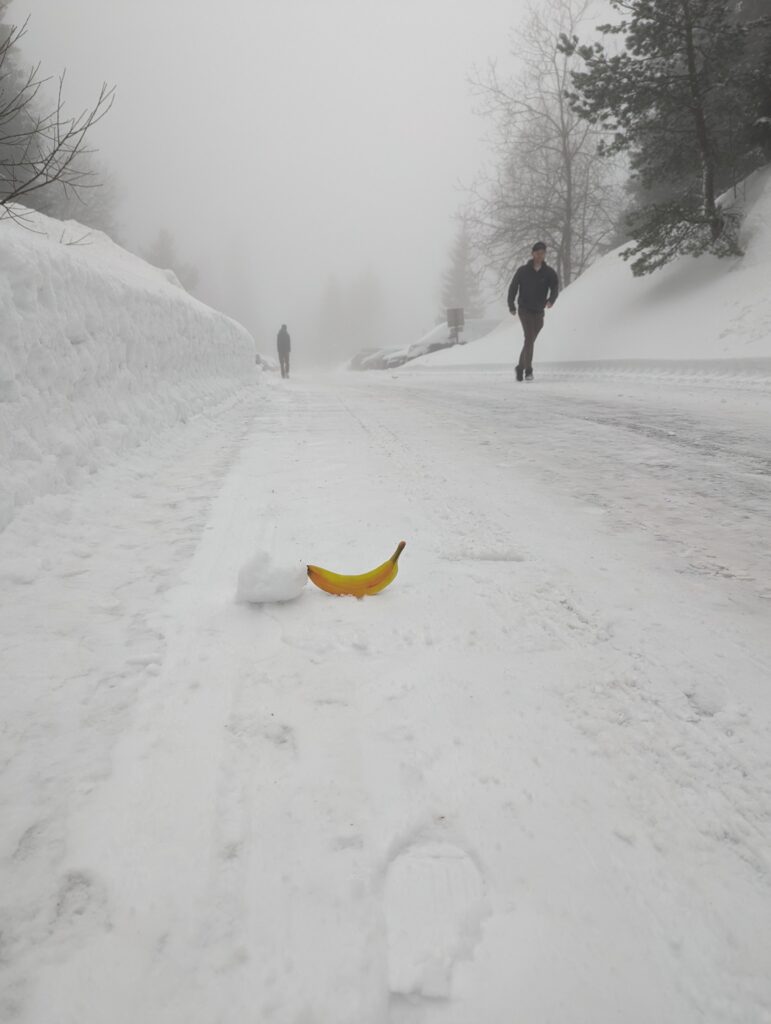Soooo. This is it! First off we will try to explain all the functionality and features of our solution. From the working android app to the admin dashboard and statistics for the Road Authority employees and notifications to next-of-kin in case of emergencies. Also we have some comments regarding the four main categories, and assess how we feel we answered them individually.
We had a lot of fun and would also like to take this opportunity to thank the organisers, jury members and all the other teams for an amazing event. Thank you!
That’s-a so nice!
Super mario
What started off as a quirky, fun mario kart related idea, quickly turned into a solution to reduce serious car accidents. Our app detects bananas, but the could, and should, be upscaled to detect other things that can prove a danger. Bananas are indeed dangerous, but there might be even bigger dangers, as we discuss below.
Short technical description:
AI model
We had lots of fun making the training data for the model, from the arts and craft part of it with cut-out bananas, to running around in the snow placing said bananas.

After filming loads of bananas from the car, we fed the videos to our model, and had it identify frames where there possibly could be bananas. We trained it over several days to include different types of weather and degrees of sunlight.
For more details concerning the data and training our model, see hte Data mine(kart) post.
A phone is placed in the car, and when running the app, bananas that appear will be detected. When a banana is detected from the car, the driver gets audio visual clues alerting them to the dangers ahead.
API
When a banana is detected alerts are also sent to our API, running the following steps:
- User information is fetched from Entra ID
- Next of kin information is retrieved from a SharePoint list
- A Power Automate flow is triggered, this handles the following:
Notifications to next of kin
Registering incident in Dataverse - A map is generated based on the coordinates, and an optimised route is set if there are more than one incident
- A notification is sent via Teams to the Banana Removal Car Dispatcher, with all data they need (timestamp and location)
- Alert status is changed sending a request to the endpoint controlling the visual indication in the vehicle
The most impressing thing is that the detection actually works, and we are super proud of our result.
Excellent User Experience
We have two primary user groups. The drivers who run the app on their phone in the car, and employees at the Banana Detection Service. For the first group, less gui is good gui. You run the app, and that is it. We don’t want to distract the drivers with lots of flashy things, just simply give them a feeling of safety, knowing all bananas are detected. For the other user group on the other hand, they need a lot of tools. Both for efficient banana removal, but also to keep their minds busy. We have a simple but beautiful admin panel with maps, games and statistics:
Most Extreme Business Value
The business value we add are actually pretty extreme. Detecting bananas is important and fun, but on a serious note, this detection model can be upscaled to detect actual impediments and objects that should not be hit by a car. Like animals or actual persons. Also – automated reporting to first responders and road safety authorities adds proper, real-life value.
Alternatively, we as a society, can place big banana stickers on everything that shouldn’t be hit by cars, but that seems a bit silly. Maybe just tell people to carry more bananas when crossing the road?
Pandoras Box
Bananas, games and alerts. What can be more fun than that? Also we have more mario mini figures to bribe you with 🙂
Killer AI
This is probably our strongest card, to be honest. We have built our model ourselves, fed it with a lot of self filmed data, and trained it on said data. We are quite happy with the accuracy, on approx. 93 per cent average confidence on banana detection. We have made the model open source so that others can reuse it.
As mentioned above, the model can be trained to detect other things. The possibilities are as many as there are objects in the world. Future uses that seem useful from the top of our heads:
- Car key finder
- Wallet finder
- Jury soft spot finder
Bonus content, footage of us training our model in order to handle different types of weather.
Best regards,


